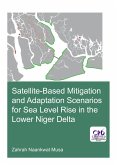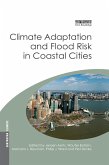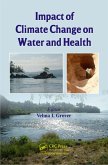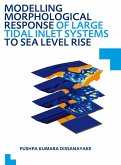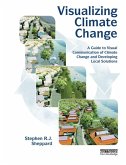The Niger delta with its gentle slope and low elevation is extremely sensitive to effects of climate change. Its adaptive capacity is the second lowest in terms of socio-economic development in Nigeria. Quantitative studies on developing measures for coastal planning and management in the lower Niger delta have been limited by data availability and inaccessibility of parts of the delta. The use of satellite data can help bridge the data gap by providing ancillary data (imagery, elevation, altimetry etc.) that can be used to quantify the effects of SLR in the Niger delta. This thesis uses satellite data as the main source for hydrodynamic modelling and GIS analysis. Until recently such data might not have the accuracy and precision of directly measured data. However recent innovative approaches have enabled better exploitation of satellite data to overcome these limitations and produce adequate results to assess the impact of SLR on the Niger delta in an integrated way that will lead to practical recommendations for adaptation. Using projected global eustatic SLR values in combination with land subsidence, this thesis estimated SLR levels for the Niger delta and its effect on inundation areas and flood extent. The results indicate that the Niger delta is very vulnerable to inundation and that even minimal SLR will affect flooding in the lower Niger delta since the area continues to subside. A new coastal vulnerability index was developed in this thesis by evaluating physical, social and human influence indicators of exposure, susceptibility and resilience. The results show that parts of the Niger delta are highly vulnerable to SLR and need adequate mitigation/adaptation measures to protect them. It is recommended that sustainable local resilience practices already being used in parts of the Niger delta should be included in adaptation planning.
Dieser Download kann aus rechtlichen Gründen nur mit Rechnungsadresse in A, B, BG, CY, CZ, D, DK, EW, E, FIN, F, GR, HR, H, IRL, I, LT, L, LR, M, NL, PL, P, R, S, SLO, SK ausgeliefert werden.



